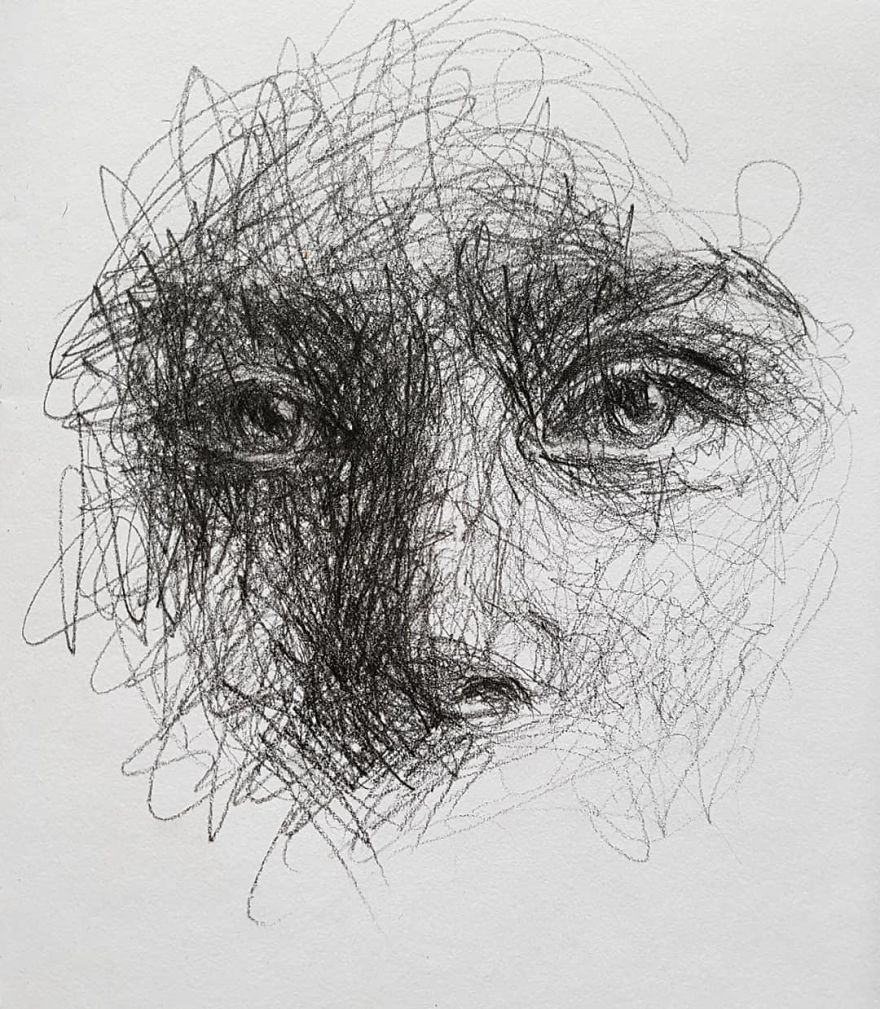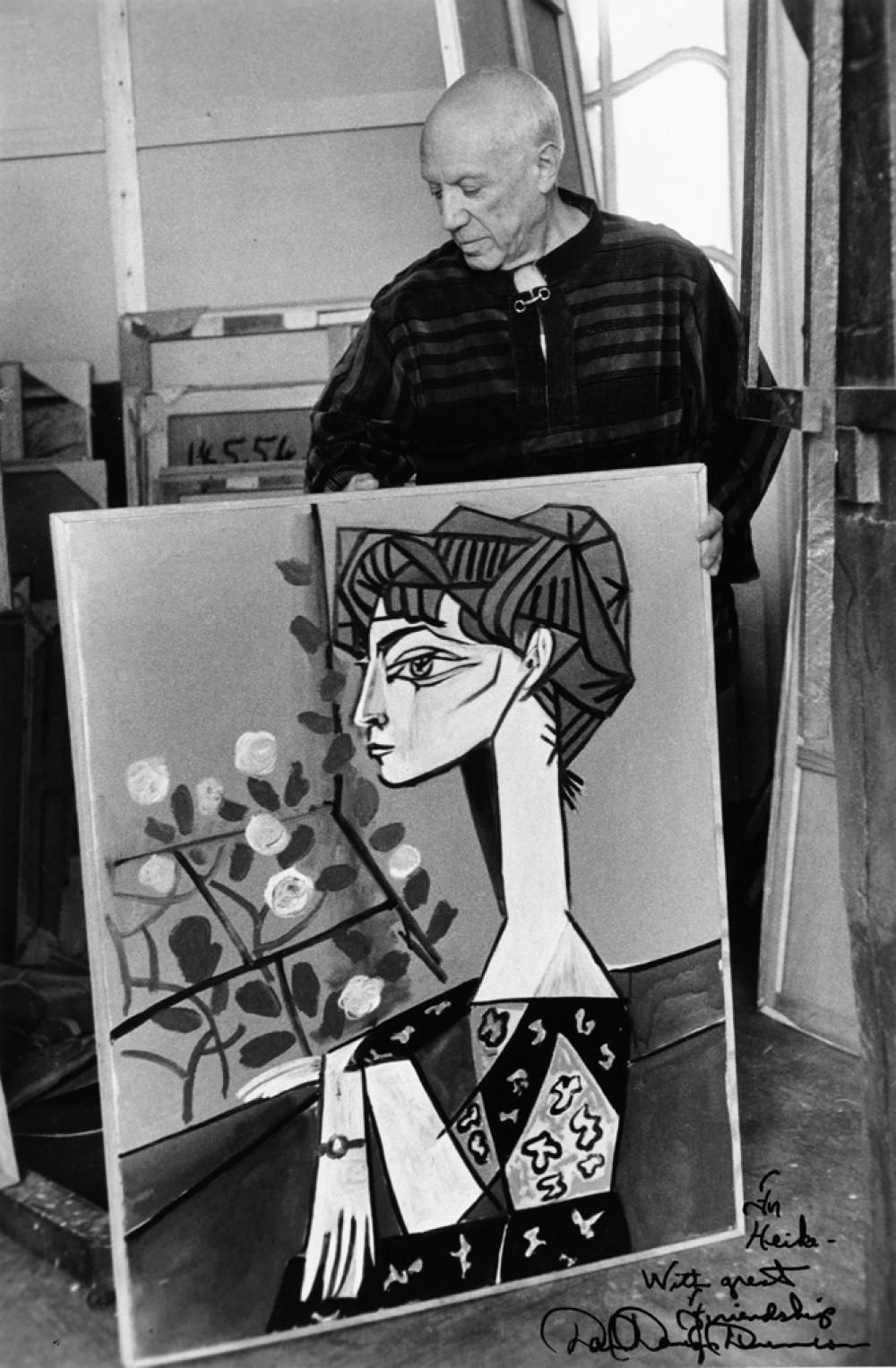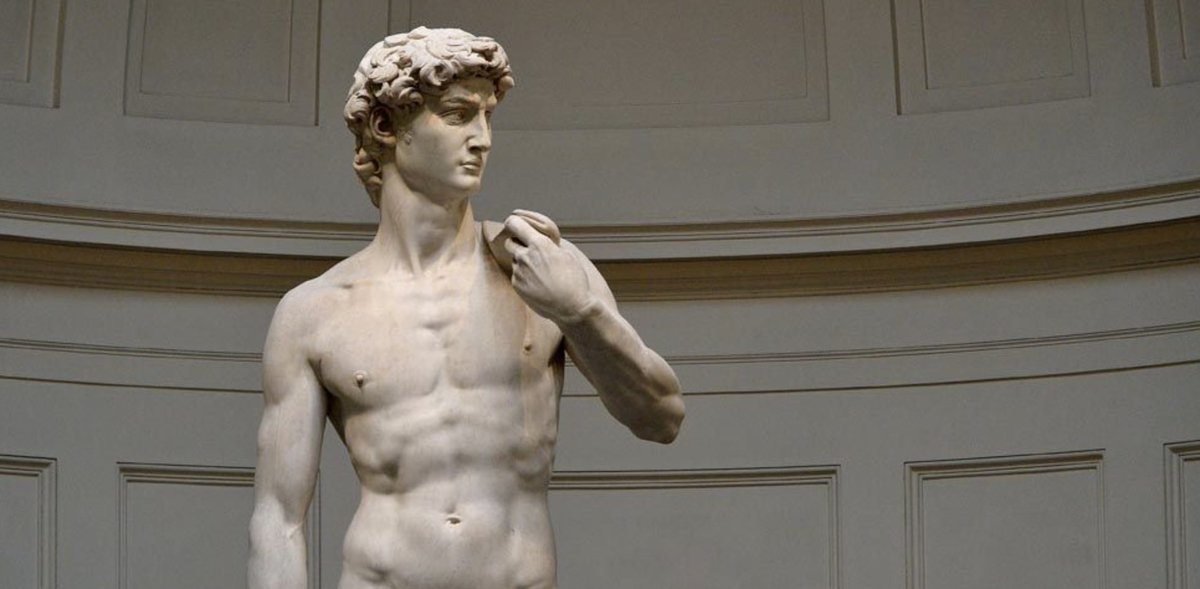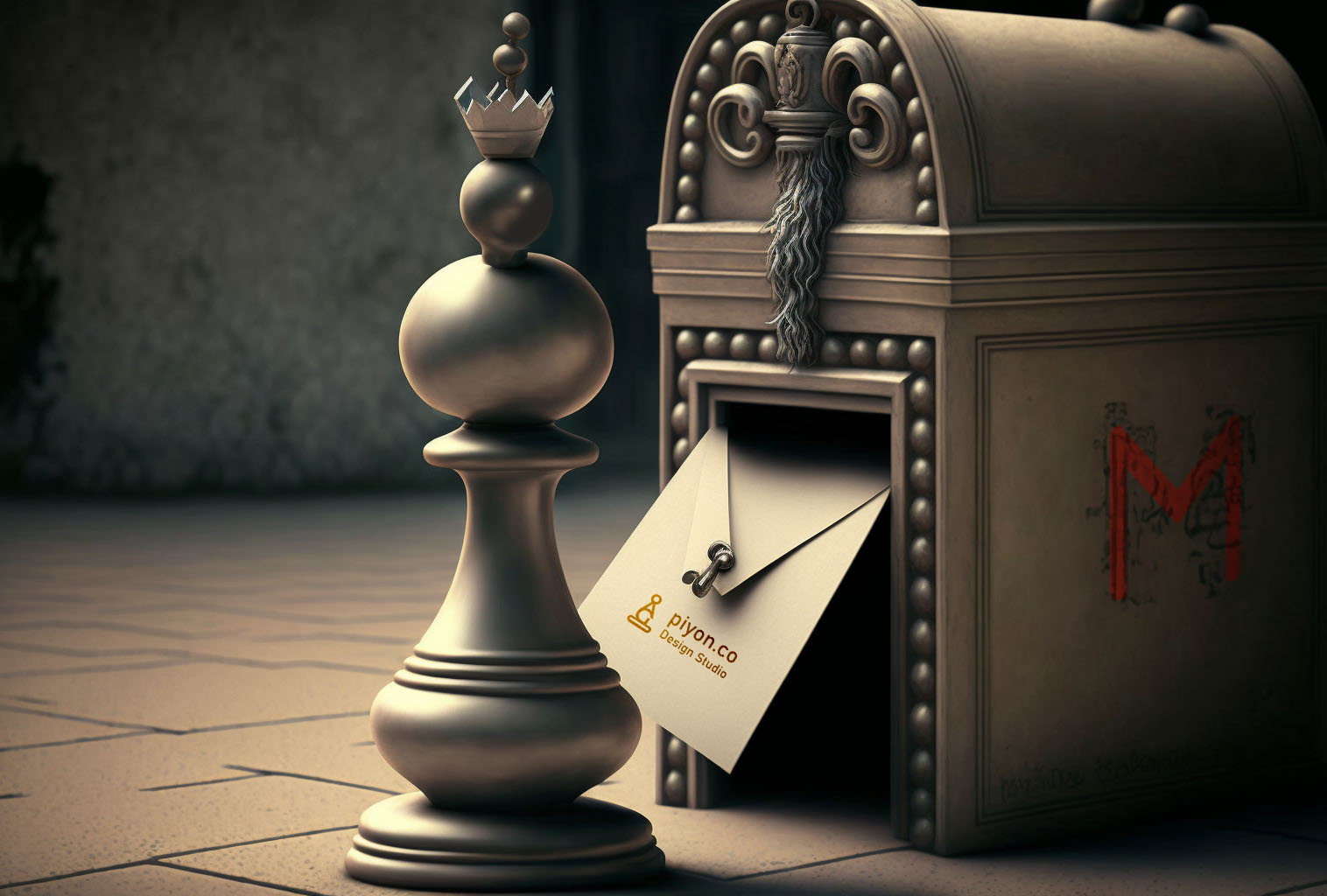Concept of Artist
The concepts of art and artist, are inexplicable as general definitions. Because art, in and of itself, is a relative concept. Let alone changing from each individual, the emotions of art can change thousands of times even for one person. So when the concept of art is so special nowadays, for whom do we use the word “artist” or for what can we say “yes, this is art!”?

In order for a product to be an art or to be called an artist, what emerges must be CREATED. What is it to create something? If you have anything that has not existed before, belongs only to the person, away from imitation and interpretation, you can call yourself an artist, and the work you take is art.
If you are an architect, your designs on the project you draw are an example of art. But if it's someone else's job that you've revised, or if there's nothing you design and put forward, you're just an architect.
If you are a painter, if what is poured from pencils and brushes is a reflection of what is inside you, your painting is an example of art. But if you went over a painting, if you drew exactly the same, you are a good painter.
If you are a singer, if you have composed and implemented the song, if you have written the lyrics of the song, that song is an example of art. But if you sing the existing compositions, you are just a singer.
Let's not look at the subject only from the branches of art. A doctor, a furniture maker, a butcher, a cook can also be an artist. As long as the essence of the work is to create the original, the concept of the artist will find the place to which it belongs.
Why is it Important to Use the Artist Concept Correctly?
The concept of the artist turns into an idol when you use only by widely consecrating the concept without thinking about it, without creating its philosophy, without determining its boundaries. Already in society the concept of art is deified.

This word, which has become a cultural indicator; It has become the most important element of progress, enlightenment and civilization. As a matter of fact, it is, but in backward societies, this mentality can go to many other places. The greatest importance of using this concept correctly is not to be unfair to our artists from every field you can think of, which has formed the world heritage until today. What we are talking about may not be seen as an injustice. Let's look at it from this point of view: The fact that Picasso's work is called art, on the other hand, something that we perhaps do not add anything from ourselves is called art is actually the greatest proof of how worthless this concept has become today. So why do we talk so much about the concept of artist? Because as long as art and artist are in the right place, it is indeed the light of many paths and is very valuable.
How Does the Artist Create? / Is Art Mimesis?
What kind of creative power does the artist have? Is the artist the one who imitates the creator?
For example; What kind of confusion of emotions, what kind of psychology does Michelangelo, who is rumored to stand up in front of the statue of Moses he made and say ‘talk to me’ and say ‘stand up and walk, O Moses’? Being an artist, pushing the boundaries of this creativity and imagination, dealing with it is a great reason for us to even think about saying 'we are artists'. Somewhere, the artist turns to the creator, nature, a phenomenon that exists according to his own belief and can imitate it. But at some point, this is a form of imitation that completely separates from imitation, which includes sub-conceptions such as copying, revision, interpretation.
For example, the word meaning of Mimesis also means imitation. We argued that the artist should not imitate, but create. So what imitation are we actually talking about? ‘Mimesis’ was used by Aristotle to claim that the role of art is ‘imitation of nature’. But should the artist also imitate nature? Or should all imagination come into play?
Maybe it would be more realistic to say that in some branches of art, for example, in painting, sculpture, theater, there is more imitation, but in areas such as architecture and literary arts, imagination exceeds imitation. Already, Philostratus, one of the ancient Greek thinkers, defended the principle of imagination and creation by putting imitation in the background. Imagination is stronger than imitation, he says, those who made statues of the ancient Greek Gods did not make them by seeing them. Fr.W.-J. Shelling is also against those who consider art an imitation of nature. The artist unconsciously monitors the soul of the creator god; he does not imitate what he does, like the divine spirit that revives nature, he creates it again, originally, and gives life to the item he uses. Imitation; It may be a means of some arts such as painting and sculpture, but it cannot even be a means in many arts.

Even if there are many ideas that are still not clear on this subject, they all unite that a divine imitation or imitation of nature can still create an artist, but as we mentioned, people and productions consisting entirely of 'imitation' that do not give us a new formation cannot even be in question.
Resource
https://fikircografyasi.com/makale/aracsallasan-sanat-ve-sanatci-kavramina-dair
